Results 10,081 to 10,090 of 12094
Thread: Anandtech News
-
11-25-19, 03:42 PM #10081
Anandtech: Intel Releases SSD 665p: Second-Gen QLC
Two months after being announced, the Intel SSD 665p is set to be released today. The 665p is the successor to the 660p, the most (only?) successful consumer SSD based on four bit per cell (QLC) NAND flash memory. The 665p makes minimal changes to the design of the 660p; the most important of which is switching from Intel's 64-layer 3D QLC NAND to their newer 96-layer 3D QLC NAND.
Intel claims to have the first 96L QLC in production, though Western Digital has already announced they are shipping products using their own 96L QLC (albeit not in internal SSDs yet). It appears that production of Intel's 96L has not ramped up much yet, because today we are only getting the 1TB SKU of the 665p—the 2TB model won't be arriving until Q1 of 2020. The 512GB model won't be happening at all. The 512GB 660p was much more susceptible to the performance downsides of QLC NAND than the larger models, and given the pricing of 512GB-class TLC-based drives, it's reasonable for QLC product lines to start with a minimum of 1TB.
The 665p continues to use the Silicon Motion SM2263 NVMe SSD controller, with a small DRAM cache and a massive variable-size SLC cache:
The switch to 96L QLC has enabled minor performance improvements. The basic performance specs have been boosted by up to 13.6%, which isn't enough to noticeably impact real-world use cases. This is still an entry-level NVMe SSD that could get by just fine with a mere PCIe 3.0 x2 connection even though it supports an x4 link. As usual, these specs are for burst performance where the SLC cache is in use; post-SLC write speeds are still slower than what any vendor wants to put on a spec sheet. When Intel announced the 665p in September, they showed CrystalDiskMark results for the 660p vs the 665p that cast the 665p in a much better light, but their numbers for the 660p were suspiciously low.
Much more important than the performance changes is the write endurance boost the 665p brings compared to the 660p. Both capacities of the 665p have 50% higher rated write endurance than the 660p, bringing them up to about 0.16 drive writes per day (DWPD) from the 660p's 0.11 DWPD. This is still a lot lower than the 0.3 DWPD that is typical for low-end consumer SSDs that use TLC NAND, but the increase does show that Intel's feeling more confident in their second generation of QLC.
Looking to the future, Intel's next step after 96 layers will be to 144 layers. That generation of 3D NAND will be QLC-only at first and will arrive in the second half of 2020. So Intel may end up doing a second refresh of this SSD about a year from now before this product segment is ready to move to PCIe 4.0.
Newegg is currently selling the 1TB 660p for $82.99 as part of their Black Friday sales, making it one of the cheapest SSDs on a per-GB basis, in any form factor, interface or capacity. We're not expecting the 665p to debut at such a low price, but after the holiday sales are over the 665p will probably overtake the 660p as the most affordable NVMe SSD.
Intel is not sampling the 1TB 665p for review at this time, but we've asked for a review sample of the 2TB model when it becomes available.
Related Reading:
- Intel Announces SSD 665p: Denser, Faster QLC NAND
- Intel Shares New Optane And 3D NAND Roadmap - Barlow Pass DIMMs & 144L QLC NAND in 2020
- Western Digital Begins Shipments of 96-Layer 3D QLC-Based SSDs, Retail Products
- Biostar Launches M700 SSDs: Entry-Level PCIe SSDs
- Team Group Unveils MP33 SSDs: Entry-Level PCIe Drives
- Best SSDs: Holiday 2019
More...
-
11-26-19, 03:00 AM #10082
Anandtech: MediaTek Announces Dimensity 1000 SoC: Back To The High-End With 5G
Today MediaTek is announcing the new Dimensity 1000 SoC – the company’s new 5G flagship SoC for 2019 and early 2020. The announcement really isn’t too much of a surprising new reveal, as the “5G SoC” was announced some time ago in May with the company describing its 5G capabilities as well as the inclusion of the new Cortex-A77 and Mali-G77 IPs. What MediaTek does today however is to officially name the new chipset, and go into a few more details on the specifications.
More...
-
11-26-19, 11:40 AM #10083
Anandtech: Panasonic to Cease LCD Production by 2021
Over the past two decades we've seen an explosion of growth in the market for liquid crystal displays, but this growth has also led to its maturation. Companies have scaled up and merged, new firms have brought down costs and production technology has continued to advance, resulting in a cut-throat market for LCDs that offers negligible profit margins. So as we often see in these cases, another competitor is getting ready to bow out: Panasonic is announcing that it will exit production of LCDs by 2021.
This has been a long time in the marking for Panasonic; the company once used to be a leading maker of televisions, but because of intense competition from Chinese and South Korean manufacturers, previously ceased making LCD TVs in 2016. Instead, in recent years the company has focused on production of LCDs for industrial and automotive applications in order to find a more profitable niche of the LCD market. But it looks like even specialization did not produce the kind of returns required by Panasonic, and as a result they are exiting the LCD market altogether. It is interesting to note, however, that they aren't leaving the displays market entirely; the company will continue offering OLED televisions.
Panasonic Liquid Crystal Display Co. — the IPS LCD plant in Himeji, Hyogo Prefecture — was established in 2010 and absorbed all of Panasonic’s LCD assets in 2014. According to Nikkei, Panasonic plans to repurpose the factory to produce automotive batteries and keep all of its 500 employees. Workers who will not be needed at the new facility will be relocated to other facilities that belong to Panasonic and/or will get labor management consultations.
Related Reading:
- Panasonic Develops IPS Panel with 1,000,000:1 Contrast Ratio, 1000 Nits Brightness
- MWC 2017: Panasonic Demonstrates Store Window as a Transparent Screen
- Panasonic Unveils Let’s Note SV7: 12.1-Inch, Quad-Core CPU, TB3, ODD, 21 Hrs, 2.4 Lbs
- Panasonic at MWC 2015: Lumix CM1 Hands-On
Source: Panasonic, Nikkei
More...
-
11-26-19, 03:12 PM #10084
Anandtech: JOLED Starts Trial Production of Printed OLED Sheets at 5.5G Plant
JOLED has started trial production of printed OLED substrates at its 5.5G plant at its Nomi Site, which was officially completed on Monday, November 25. The sheets will be used to make high-resolution mid-size OLED displays in 2020, when the factory starts mass production.
JOLED’s 5.5G facility has a monthly production capacity of 20,000 1,300×1,500-mm substrates, which are processed using the company’s own high-speed printing method. Based around batch EL layer formation, LOLED's process is said to greatly improve productivity, which the company hopes will eventually give them an edge in producing cheaper OLED panels.
JOLED started to build its 5.5G OLED plant in July 2018, and aims to start volume production at the facility in 2020. Right now, the factory is producing samples, which will be sent to JOLED’s customers. The plant is located near Nomi in Ishikawa Prefecture in Japan.
Having inherited the OLED operations of Sony and Panasonic, JOLED currently uses a 4.5G production line near Nomi to make its printed OLED screens. That fab is considerably smaller than the new one, which limits the development of the company’s business.
Related Reading:
- JOLED Starts Construction of New Printed OLED Facility
- JOLED Demos 21.6-Inch OLED Monitor for Gamers
- EIZO Reveals Limited Edition 21.6-Inch Foris Mova OLED Monitor
- ASUS ProArt PQ22UC 4K OLED Monitor: £4699, ~$5150
Source: JOLED
More...
-
11-26-19, 03:12 PM #10085
Anandtech: Huawei Unveils MateBook D14 & D15 Laptops: AMD Ryzen or Intel Comet Lake I
Huawei this morning has introduced its latest-generation MateBook D laptops. The laptops, which use processors from both AMD and Intel, as well as discrete graphics from NVIDIA, will be offered with both Microsoft’s Windows 10 operating system, as well as Linux on certain SKUs.
Huawei’s latest MateBook D14 and MateBook D15 notebooks come in an aluminum chassis that houses a 14-inch and 15.6-inch IPS Full-HD display panels respectively. The displays offer a max brightness of 250 nits and a 800:1 contrast ratio. Inside many of the systems is Intel’s quad-core 10th Generation Core i5/i7 (Comet Lake) processor paired with NVIDIA’s GeForce MX 250 GPU, 8 GB or 16 GB of DDR4 memory, as well as an a 256 GB or 512 GB PCIe SSD. Meanwhile, Huawei will also offer SKUs powered by AMD’s Ryzen 5 3500U processors with built-in Radeon Vega graphics, possibly in a bid to reduce risks associated with tight supply of processors by Intel.
When it comes to connectivity, the Huawei MateBook D14 and D15 laptops feature 2x2 Wi-Fi 5 with up to 1.73 Gbps throughput, Bluetooth 5, one USB 3.0 Type-C connector, three USB 2.0/3.0 Type-A ports, an HDMI output, and a 3.5-mm connector for headsets. The notebooks also have a fingerprint reader, a webcam that hides in a key, stereo speakers and a microphone array.
As far as portability is concerned, the MateBook D14 is 15.9 mm thick and weighs 1.38 kilograms, whereas the MateBook D15 is 16.9 mm thick and weighs 1.62 kilograms. Surprisingly, the former features a 56 Wh battery, whereas the 15-inch model comes with a smaller 42 Wh battery. In its stead, Huawei is offering a 1TB HDD.
Huawei will start sales of its new MateBook D14 and MateBook D15 laptops on December 2 in China. It is unclear whether and when the company plans to begin shipments of its new notebooks to other countries, but since Microsoft now has a license to sell software from Huawei, it is entirely possible that the new notebooks will make it to other markets at some point.Huawei's 2019 MateBook D MateBook D14 MateBook D15 Display 14-inch 1920×1080 15.6-inch 1920×1080 CPU Intel Core i5-10210U
Intel Core i7-20510U
AMD Ryzen 5 3500UGraphics NVIDIA GeForce MX 250
AMD Ryzen 5 3500URAM 8 GB or 16 GB SSD 512 GB SSD 256 GB SSD + 1 TB HDD Wi-Fi Wi-Fi 5 (802.11ac) Bluetooth Bluetooth 5 USB 2 × USB 2.0 Type-A1 × USB 3.0 Type-A
1 × USB 3.0 Type-CGbE - Card Reader - Other I/O HDMI, microphone, stereo speakers, audio jack Battery 56 Wh 42 Wh Dimensions Width: 322.5 mm
Depth: 214.8 mm
Thickness: 15.9 mmWidth: 357.8 mm
Depth: 229.9 mm
Thickness: 16.9 mmWeight 1.38 kilograms 1.62 kilograms Additional Information Link Link Price ? ?
Related Reading:Huawei's MateBook D14 and MateBook D15 Configurations CPU GPU RAM Storage Intel Core i5-10210U NVIDIA GeForce MX 250 8 GB 256 GB SSD + 1 TB HDD
or
512 GB SSDIntel Core i5-10210U 16 GB Intel Core i7-20510U 8 GB AMD Ryzen 5 3500U AMD Radeon Vega 8 Graphics 8 GB 16 GB
- Huawei to Announce New Matebook in November
- The Huawei MateBook X Pro Review: Calling Out The Competition
- Matebook X Pro (2018): Huawei’s Flagship Laptop Upgrade
- Huawei Launching Two New Clamshell Laptops: The MateBook X and the MateBook D
Sources: Huawei (1, 2), Liliputing, GSMArena
More...
-
11-27-19, 09:54 AM #10086
Anandtech: The Huawei Mate 30 Pro Review: Top Hardware without Google?
It’s been roughly 2 months now since Huawei announced the new Mate 30 Pro as well as the Kirin 990 chipsets. As an unusual hectic fall season finally calms down, it’s been due time to have a closer look at the new the company’s new flagship device and new silicon chipset.
There’s no beating around the bush that one aspect that vastly overshadowed the actual device itself, is the fact that Huawei had been banned from using Google’s mobile services. The Mate 30 Pro consequently is one of the first phones released by the company which doesn’t come with any Google applications preinstalled. There’s a lot to talk about in this regard and we’ll address this more in depth later on in the article, but I’d like to flip the narrative upside down here first and first discuss the hardware aspects of the new phone and see if Huawei had been able to create a competitive device, and if the worry about the software actually makes sense in the first place in terms of considerations of the device.
More...
-
11-27-19, 06:23 PM #10087
Anandtech: ASRock Reveals Mars UCFF PCs: 0.74-Liters With Intel Core Inside
ASRock has introduced its new Mars series of ultra-compact form-factor (UCFF) barebones PCs. The Intel Core-based PCs come in a 0.74-liter chassis and can house up to 32 GB of memory as well as two storage devices. Like other UCFF PCs, ASRock is positioning Mars for use both as a traditional office PC, as well as applications like digital signage.
ASRock’s Mars PCs are based on Intel’s 8th Generation quad-core Core i5 or dual-core Core i3/Celeron processors. They are accompanied by up to 32 GB of DDR4 memory (using two SO-DIMMs), an M.2-2280 SSD (featuring a PCIe 2.0/3.0 x4 or SATA interface), and a 2.5-inch storage device. The CPU is cooled using a proprietary active cooling system that ASRock says is designed to allow the laptop-grade chip to turbo as frequently as possible.
Featuring lavish connectivity, ASRock’s Mars systems come with a GbE adapter, one USB 3.2 Gen 1 Type-C connector, four USB 3.2 Gen 1 Type-A and two USB 2.0 ports, an SD card reader, two display outputs (HDMI 1.4 supporting a 4Kp30 resolution, D-Sub), and two audio jacks. Furthermore, the machines can be equipped with an M.2-2230 Wi-Fi + Bluetooth module.
While ASRock’s Mars offers decent performance for office applications and media streaming/playback, its lack of a 4Kp60 output clearly makes it less competitive among demanding users with modern displays. On the other hand, presence of a D-Sub makes Mars compatible with legacy monitors.ASRock's Mars Barebones UCFF PCs Model Mars-i5-8265U
Mars-i3-8145UMars-C4205U CPU Intel Core i5-8265U
(4C/8T, Turbo 3.9 GHz)
Intel Core i3-8145U
(2C/4T, Turbo 3.9 GHz)Intel Celeron C4205U
(2C/2T, 1.8 GHz)GPU UHD Graphics 620 UHD Graphics 610 DRAM Two DDR4 SO-DIMM slots
Up to 32 GB of DDR4-2400 in dual-channel modeMotherboard proprietary Storage SSD M.2-2280 (PCIe 3.0 x4 or SATA) M.2-2280 (PCIe 2.0 x4 or SATA) DFF 1 × 2.5-inch/9.5-mm SATA 6 Gbps SD Card Reader Wireless Optional M.2-2230 802.11ac Wi-Fi + Bluetooth module Ethernet 1 × GbE port USB Front 2 × USB 3.1 Gen 1 Type-A
2 × USB 3.1 Gen 1 Type-C
2 × USB 2.0 Type-ABack 2 × USB 3.1 Gen 1 Type-A Display Outputs 1 × HDMI 1.4 (4Kp30)
1 × D-SubAudio 2 × 3.5mm audio jacks PSU External 65 W Warranty Typical, varies by country Dimensions Length: 150 mm
Width: 26 mm
Height: 191 mmMSRP ? ?
Expect ASRock’s Mars UCFF PCs to hit the market in the near future. Pricing of actual systems will depend on their configurations.
Related Reading:
- ASRock’s 4X4 Box-R1000: A Ryzen-Based 0.87-Liter SFF PC
- ASRock's Super Tiny DeskMini GTX Z390: Up to 9900K with MXM GPU
- Intel Confirms Comet Lake-Based NUC 10 ‘Frost Canyon’ UCFF PCs
- Intel’s Islay Canyon Mini NUCs Available: Whiskey Lake, Radeon 540X, 8GB LPDDR3
- Intel's Bean Canyon (NUC8i7BEH) Coffee Lake NUC Review - Ticking the Right Boxes
Source: ASRock
More...
-
11-27-19, 06:23 PM #10088
Anandtech: Dell: Intel CPU Shortages Worsened in Q4, Premium & Commercial PCs Impacte
Shortages of Intel’s CPUs have persisted for well over a year now, but according to Dell, they actually got worse in the ongoing quarter because of unexpectedly high demand for client computers and servers. As a result, the company had to cut its revenue forecast for the fourth quarter as sales of its PCs were impacted by the tight supply.
Last week Intel issued a letter apologizing for CPU shipment delays because despite of the fact that it increased its 14 nm capacity by 25% year-over-year in 2019, demand still outpaced supply. Furthermore, Intel experienced production variability in the fourth quarter and because it had limited inventory buffers, it could not absorb the impact. Intel did not explain what variability meant in this case, but based on comments from Dell, it looks like Intel could not produce enough processors for commercial and premium system.
Here is what Jeffrey Clarke, COO of Dell, had to say:
“Intel CPU shortages have worsened quarter-over-quarter the shortages are now impacting our commercial PC and premium consumer PC Q4 forecasted shipments.”Even though Intel’s supply and demand balance is not favorable to makers of systems, Dell’s PC business revenue was on the rise in Q3 increasing to $11.4 billion by 5% year-over-year. Sales of commercial PCs were up 9% to $8.3 billion, whereas shipments of consumer computers were up 6% to $3.1 billion.
It is particularly noteworthy that Dell remains cautious about Intel CPU supplies going forward, though it naturally does not make any actual predictions, but rather promises to monitor situation and adjust forecasts. Dell is not the first PC company that is cautious about Intel’s ability to meet demand as ASUS also expressed similar concerns earlier this month.
Related Reading:
- Intel Publishes Letter to Customers Apologizing for CPU Shipment Delays
- ASUS: Intel CPU Shortages Easing, But Future Is Uncertain
- Intel Boosts 14nm Capacity 25% in 2019, But Shortages Will Persist in Q4
- Intel Supply in Q4: “Output Capacity up, Supply-Demand Still High”
- Intel: CPU Shortages Will Persist Throughout Q3 2019
- ASUS Comments on Intel Shortages, U.S.-China Trade War
- Intel Further Boosts CapEx to Meet Demand for 14nm Chips
- Intel Investing $1B to Meet 14nm Demand: Prioritizing High-End Core and Xeon
Sources: Dell, Reuters
More...
-
11-28-19, 12:36 PM #10089
Anandtech: The AMD TRX40 Motherboard Overview: 12 New Motherboards Analyzed
It's been a fruitful time for AMD's CPU team over the last year, with a lot of praise heaped on its current processor product stack. The launch of the new AMD Threadripper 3970X 32-core and the Threadripper 3960X 24-core processors has brought the brand new TRX40 chipset to market, and out of all the motherboard partners, there is a new chipset and 12 new motherboards to dissect. In this article, we'll be analyzing the 12 new boards, which as a priority feature enables a PCIe 4.0 x8 link between the CPU and chipset.
More...
-
11-29-19, 07:14 AM #10090
Anandtech: GIGABYTE Unveils USB 3.2 Gen 2x2 20 Gbps PCIe Expansion Card
GIGABYTE has introduced the industry’s first PCIe expansion card for USB 3.2 Gen2x2 ports. Offering the latest generation in USB connectivity, with a total throughput of 20Gbps, the board adds a single Gen2x2-capable USB-C port for systems to take advantage of the higher throughput USB standard.
The GIGABYTE GC-USB 3.2 Gen 2x2 PCIe expansion card is based on the ASMedia ASM3242 host controller, which allows for data transfer rates of up to 20 Gbps (2.5 GB/s) when working with compatible devices. The same controller is used on various AMD TRX40-based motherboards and will likely be used on other platforms to enable the standard as well. The card relies a PCIe 3.0 x4 slot, and atypically for USB-C add-in cards, doesn't require an additional power plug to drive the card or attached peripherals.
As a quick refresher, the USB 3.2 Gen2x2 uses two high-speed USB Type-C Tx/Rx channels to achieve 20 Gbps maximum throughput. By doubling the number of USB high speed data channels in use, the 2x2 standard is a very straightforward extension of USB 3.2 Gen2, taking advantage of the additional high speed lanes offered in a USB-C cable. To date we've only seen these extra lanes used for alt mods (e.g DisplayPort and Thunderbolt), but the USB-C cable was always designed with this in mind, and now the necessary controllers are finally catching up.
We're still in the very early days of USB 3.2 Gen2x2 devices, however we're expecting to primarily see Gen2x2 used as an alternative, lower cost option for providing high speed I/O to high-performance DAS devices and similar peripherals. This has traditionally been the domain of Thunderbolt 3, which although faster (40Gbps), requires more expensive controllers as well as more expensive controllers. USB 3.2 Gen2x2, on the other hand, works with standard Gen2 USB-C cables, and the actual PHY isn't any more complex than a single USB channel. So it should allow for cheaper I/O to devices that only need upwards of 20Gbps of bandwidth.
GIGABYTE says that the first batch consisting of as many as 100 GC-USB 3.2 Gen 2x2 PCIe expansion cards has already been sold out, and the manufacturer is promising to release a new batch shortly. The company has yet to publish official pricing for the add-in card.
Related Reading:
- ASMedia Demonstrates ASM3242 USB 3.2 2x2 Controller: Available in August
- USB 3.2 at 20 Gb/s Coming to High-End Desktops This Year
- ASMedia Demos USB 3.2 Gen 2x2 PHY, USB 3.2 Controller Due in 2019
- USB 3.2 Update to Bring 20 Gbps Bandwidth: USB 3.1 Type-C Cables Compulsory
Source: GIGABYTE
More...
Thread Information
Users Browsing this Thread
There are currently 14 users browsing this thread. (0 members and 14 guests)




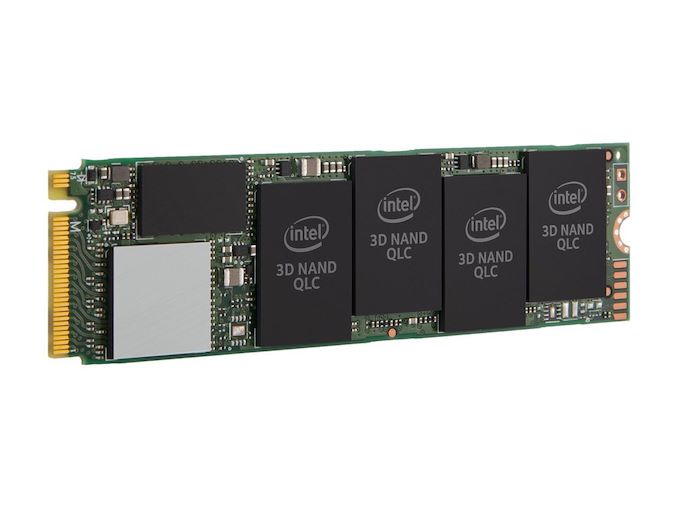
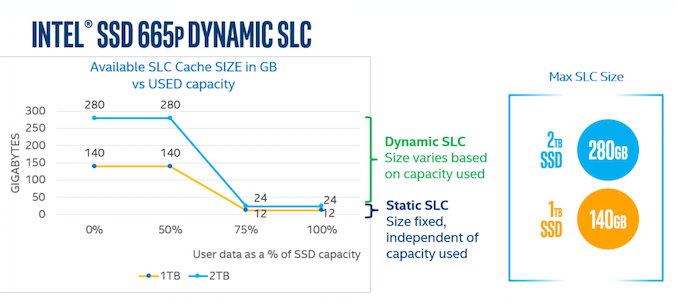
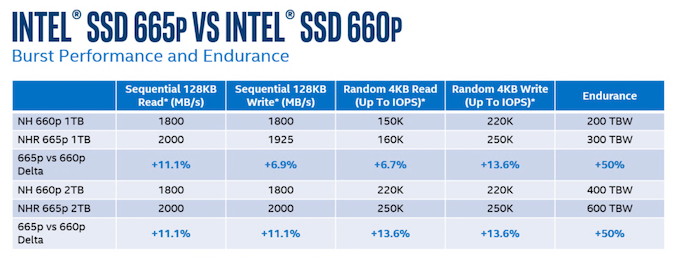

 Quote
Quote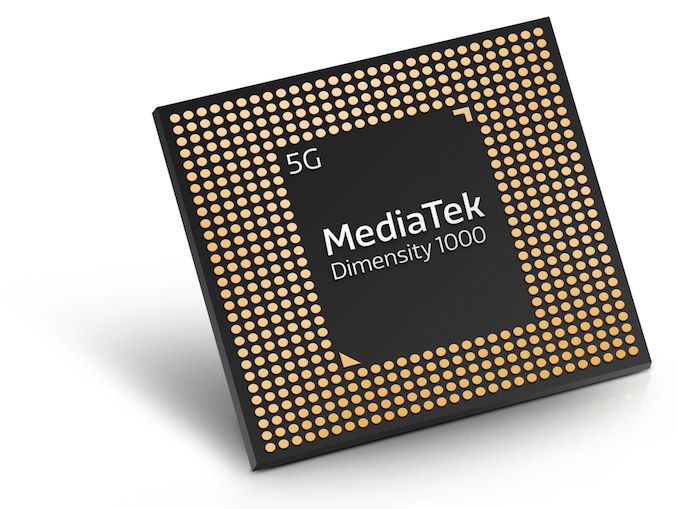
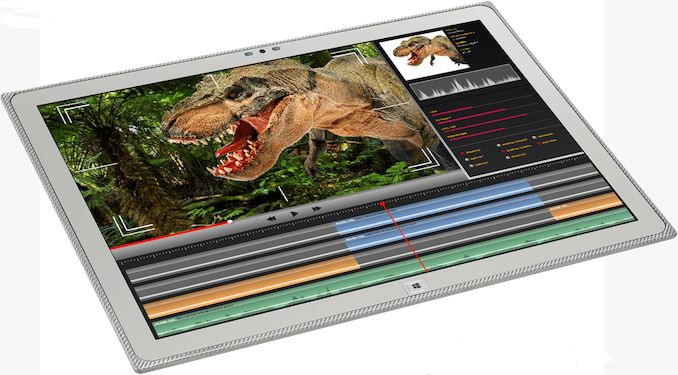

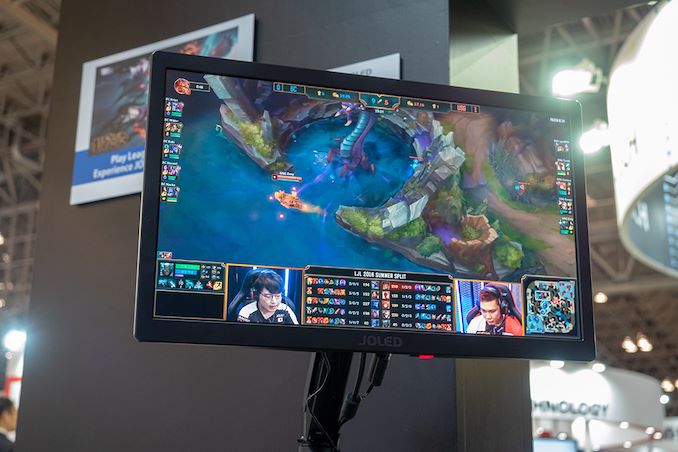
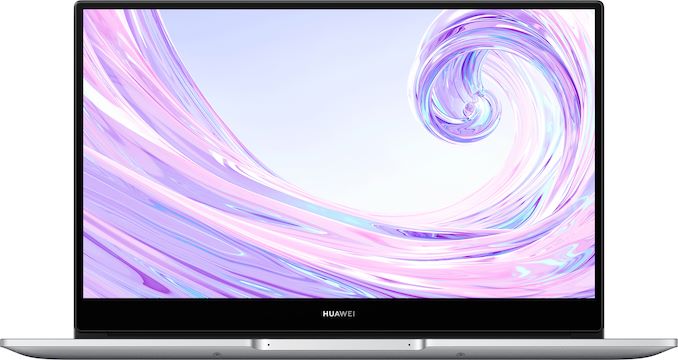

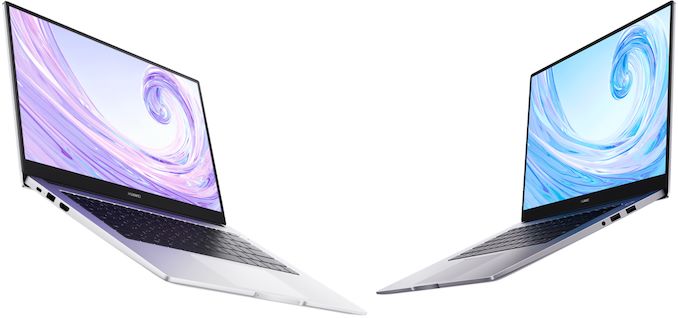
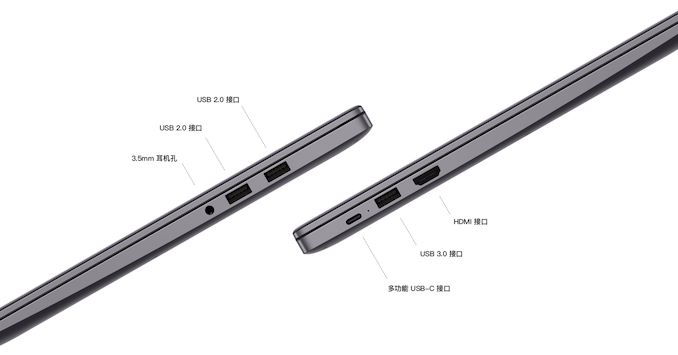
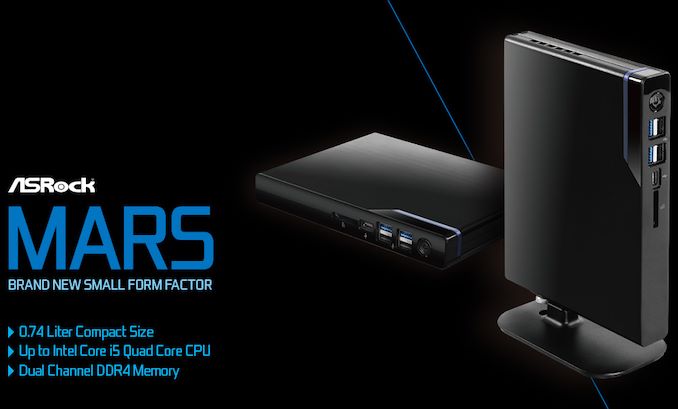
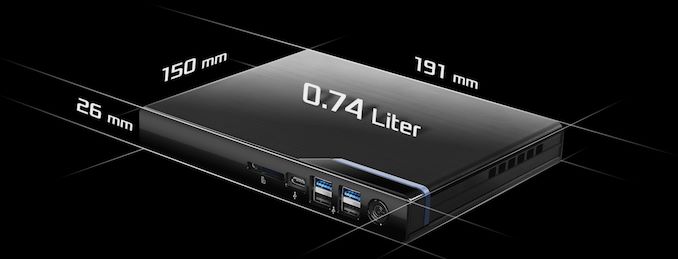
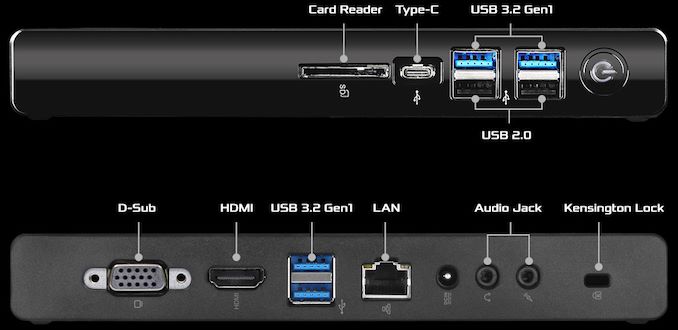
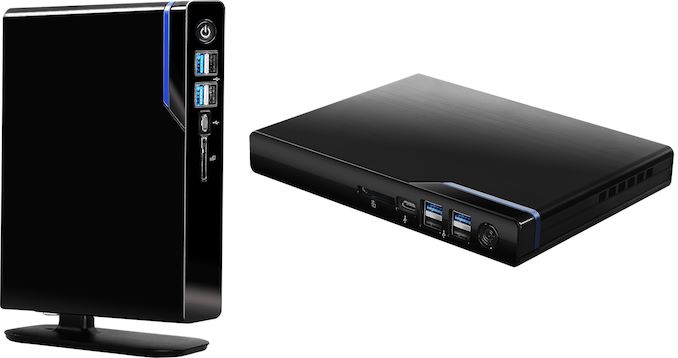

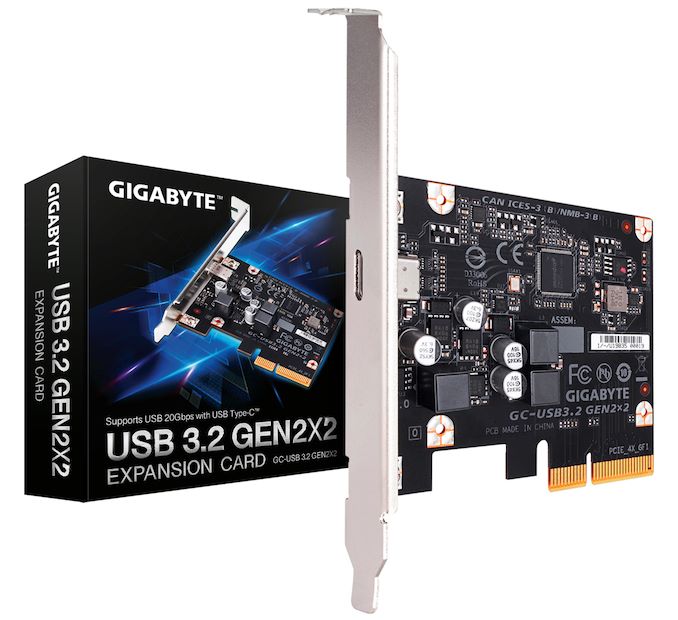
















Bookmarks